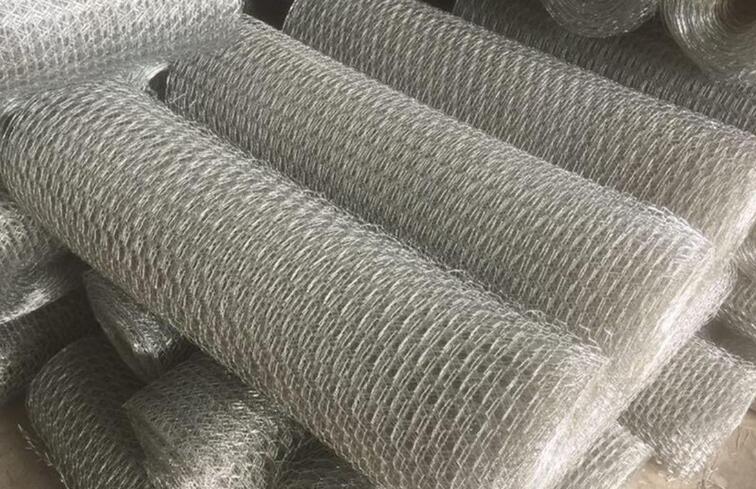Understanding Slotted Hole Perforated Metal Applications and Advantages
Perforated metal is an essential material in a variety of industrial and commercial applications, with slotted hole designs becoming increasingly popular in recent years. This innovative metalworking technique involves creating precise, elongated slots in sheets of metal, allowing for enhanced functionality without compromising structural integrity. The unique combination of aesthetic appeal and practicality makes slotted hole perforated metal an outstanding choice for diverse uses.
Design Versatility
One of the primary advantages of slotted hole perforated metal is its design versatility. The elongated slots can be customized in terms of size, shape, and pattern, allowing architects and designers to create unique visual effects for architectural projects. Whether it’s for facade cladding, interior partitions, or decorative screens, slotted hole designs can enhance a space’s aesthetic while providing essential functionality, such as light filtering or privacy.
In addition to aesthetic applications, slotted hole perforated metal can be engineered for specific performance needs. For example, the slot sizes and patterns can be optimized to control air, fluid flow, or sound attenuation, making it ideal for applications such as ventilation systems, noise barriers, and filtration systems.
Structural Integrity
Despite their perforated nature, slotted hole perforated metals maintain structural strength. The design allows for a lighter weight compared to solid sheets, contributing to reduced material costs and easier installation. Moreover, the strategic positioning of slots retains the metal's load-bearing capabilities while significantly decreasing weight. This balance between strength and reduced mass makes slotted hole perforated metal suitable for a variety of structural applications, including platforms, walkways, and stair treads.
Applications Across Industries
slotted hole perforated metal

Slotted hole perforated metal finds utility in a broad range of industries. In construction and architecture, it can be used in building facades, sun shading devices, and decorative panels, providing both protection and visual interest. In the automotive and aerospace industries, slotted perforated metal is employed in components that require effective airflow, such as engine grilles and heat exchangers.
Beyond construction and manufacturing, slotted hole perforated metal is prevalent in the agricultural sector. It can be used in livestock facilities for feeding systems or as windbreaks in crop production areas. These applications harness the material’s properties to promote efficiency and enhance overall operational effectiveness.
Environmental Considerations
Growing awareness of environmental issues has led to the adoption of sustainable practices in metalworking. Slotted hole perforated metal can contribute to eco-friendly construction and design through its recyclability. The durability of the material ensures a long lifecycle, reducing the need for frequent replacements and minimizing waste.
Additionally, the lightweight characteristics of perforated metal can lead to energy savings during transportation and installation. Using slotted hole designs can also improve energy efficiency in building design, contributing to passive heating and cooling strategies, which are vital in sustainable architecture.
Conclusion
Slotted hole perforated metal stands out for its unique blend of design flexibility, structural integrity, and diverse applicability across various industries. Its capabilities not only enhance aesthetic elements in architecture and design but also serve practical needs in engineering and manufacturing. As sustainability becomes increasingly important, the advantages of slotted hole perforated metal make it an attractive option for modern applications committed to both functionality and environmental responsibility. As technology and innovation in metalworking continue to advance, we can expect to see even more ingenious uses for this incredibly versatile material in the future.

















